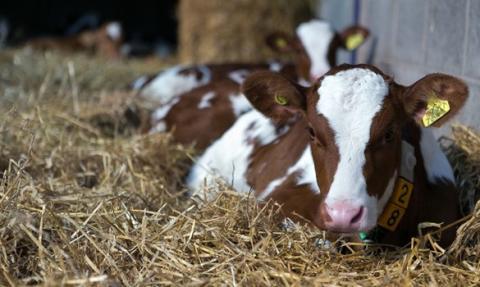Get the environment inside your housing right, and you will have healthy, happy calves that will perform well.
A calf's ability to maintain a steady body temperature develops during the first eight weeks of life.
Regardless of the housing system, a newborn calf will feel cold when the temperature drops below 10–15°C. By the time it is four weeks old, a healthy calf can tolerate a wider range of ambient temperatures.
On this webinar, you will hear from David Ball from AHDB and Sophie Mahendran from The Royal Veterinary College for a discussion on how to create and monitor the ambient environment inside your own calf housing.
Join us to learn more about
- The role of humidity and temperature in calf housing
- Dealing with cold or heat stress in the calf environment
- Factors that can increase humidity
- Ways to monitor your own calf housing environment



